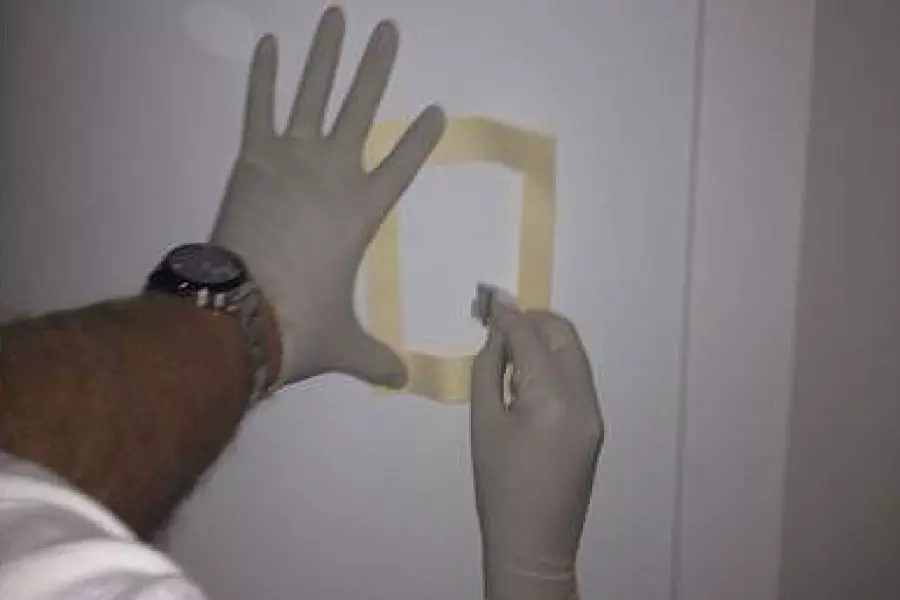
News
Methamphetamine use doesn’t mean eviction

Wednesday 12th of May 2021
The tenant’s two flatmates had been arrested at the premises in December last year by police citing firearms and drugs offences.
Although the tenant was at the flat, he was not involved nor was he arrested. He was then given a 14-day notice by the landlord to evict the two flatmates. This was done.
A composite methamphetamine test immediately arranged by the landlord confi...
Want to read the full article?
Click the button below to subscribe and will have unlimited access to full article and all other articles on the site.





![[The Wrap] Bye Bye Bayly](https://goodreturns.publit.io/file/c_fill,w_900,h_600/39f23ac1-f7c7-4854-b700-a150004ebbac.webp)


